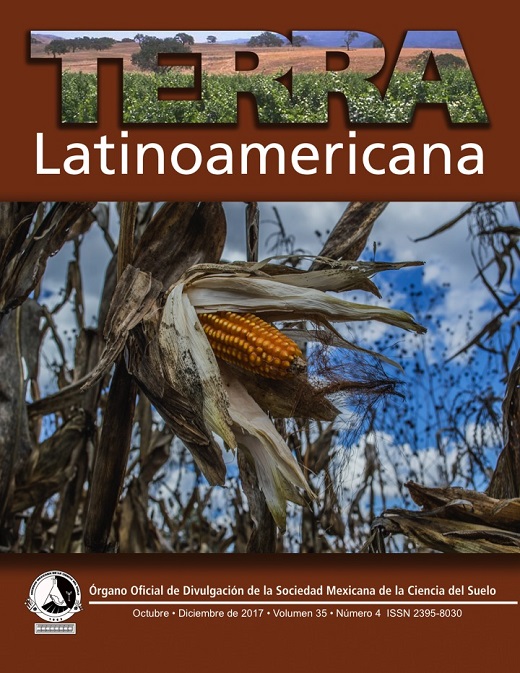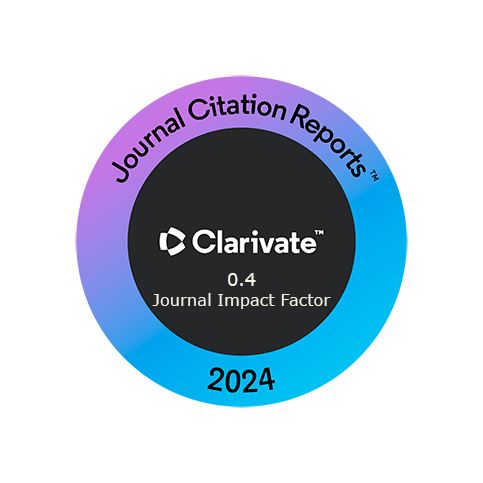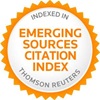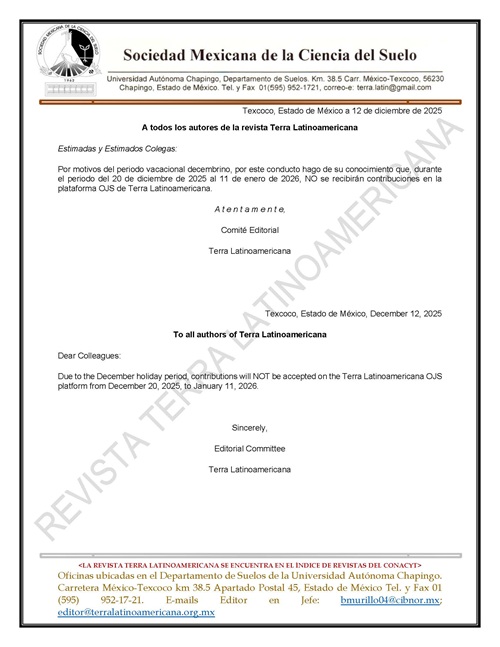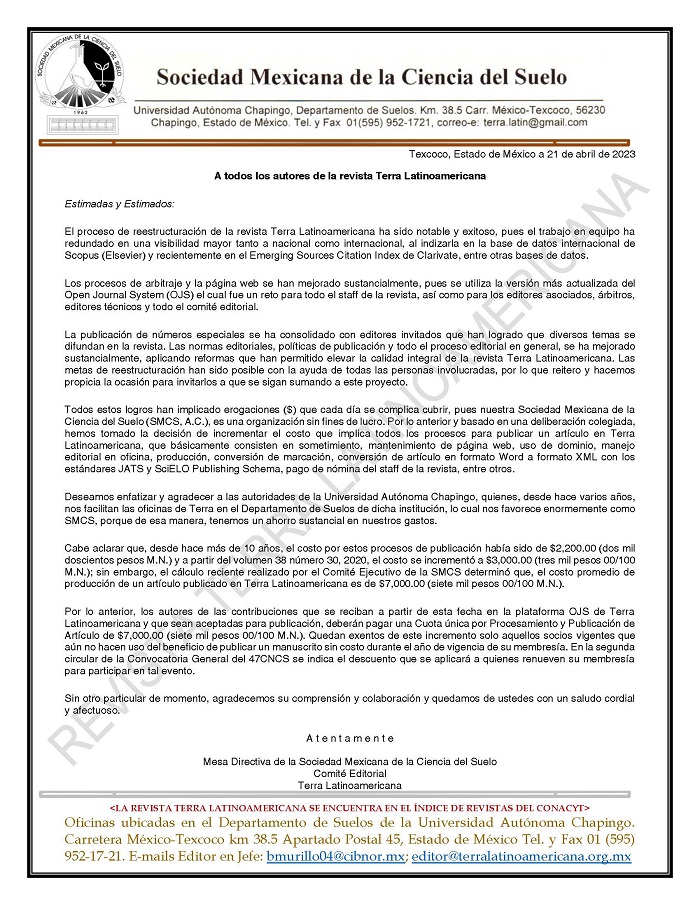Arsenic bioremediation mediated by genetically modified microorganisms.
DOI:
https://doi.org/10.28940/terra.v35i4.220Keywords:
detoxif ication, environmental pollution, genetic engineering, heavy metals, enzymeAbstract
Anthropogenic activities increase mobilization and distribution of heavy metals. When they exceed the standards allowed by international regulations, they become a serious problem for living beings and the environment. One of the most alarming cases is that of arsenic. Its presence in drinking water, soil (and thus food) has caused hundreds of cases of severe poisoning in countries such as China and Bangladesh. Due to mining activities, in some areas of Mexico such as the State of Chihuahua, high concentrations of the element have also been found. The potential hazard it represents requires urgent action to be taken for the remediation of contaminated sites. Although there are several physical and chemical methods that have been used for decades, bioremediation is a promising alternative that offers economic advantages and is extremely eff icient. There are several arsenic resistant microorganisms that can also incorporate it into specif ic metabolic processes thanks to mechanisms such as the enzyme arsenite oxidase (AOX). Even though the arsenic oxidation system has not been fully decoded, it has been possible to identify it in different bacteria through genetic engineering techniques, which have recently been used to potentiate the capacity of wild strains. The objective of this paper is to review arsenic bioremediation and some strategies such as arsenic (III) detoxif ication through AOX in order to f ind a feasible solution to the problem detected in the state of Chihuahua. After the vast amount of information collected, it was determined that genetic engineering is a promising tool for achieving bioremediation of heavy metals and integrating the aox genes into known microorganisms appears to be a viable alternative to reduce arsenic pollution at any contaminated site, and therefore, toxicity tests and removal should be started as soon as possible.Downloads
Publication Facts
Reviewer profiles N/A
Author statements
- Academic society
- Terra Latinoamericana
- Publisher
- Mexican Society of Soil Science, C.A.


